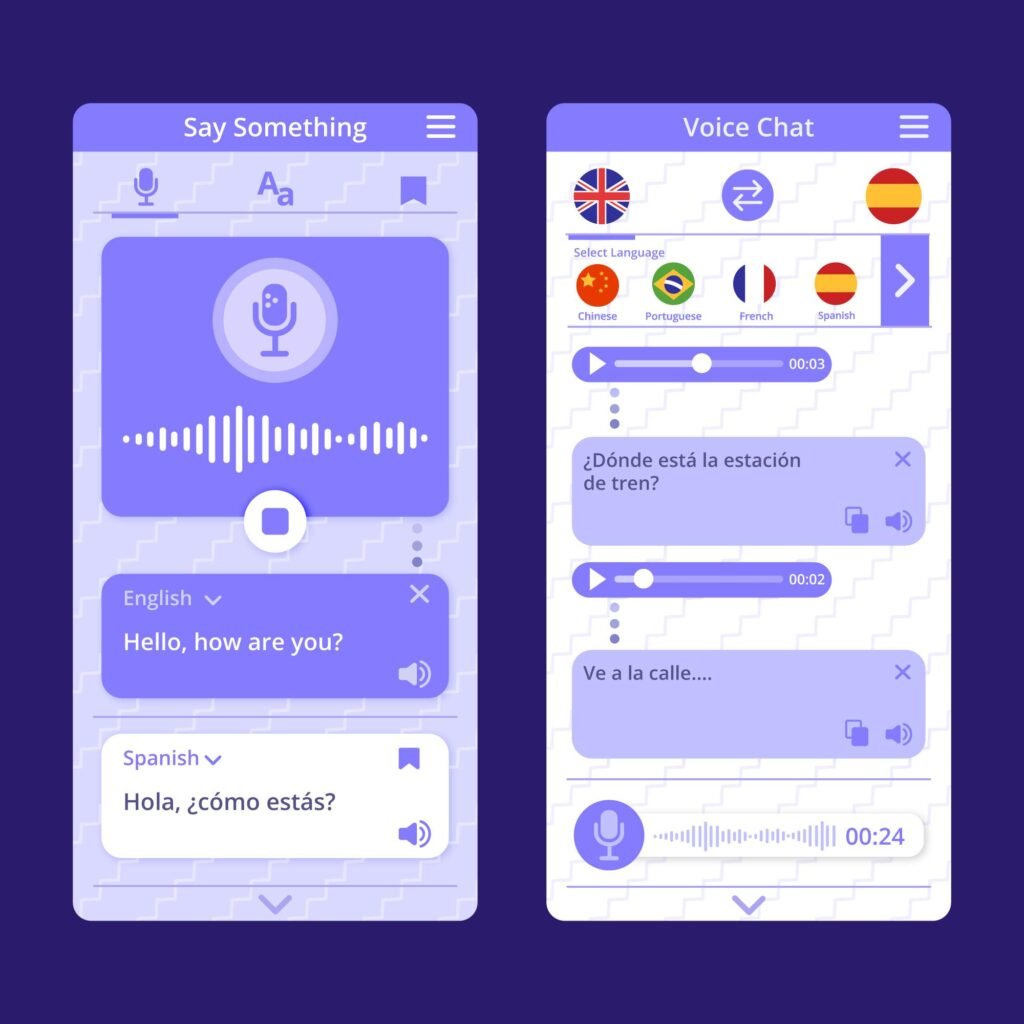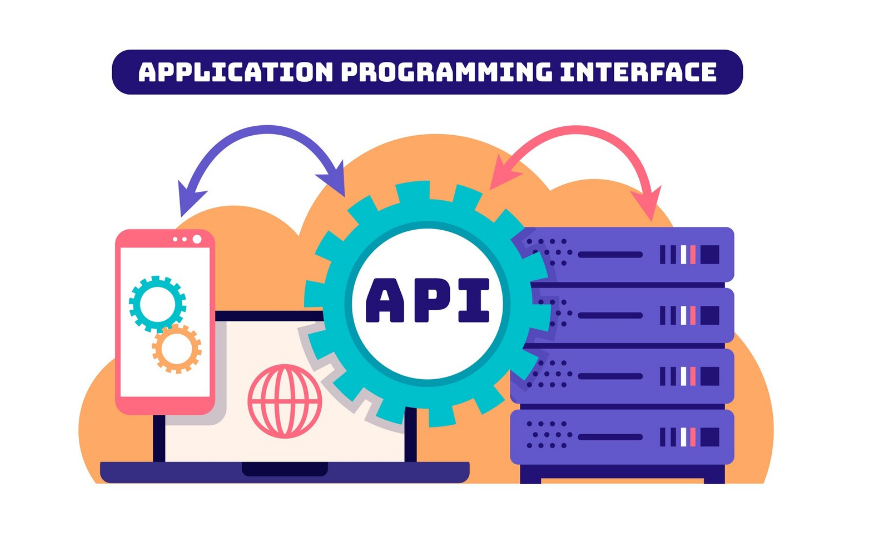Introduction: The Rise of Voice in B2B
Voice search is no longer a futuristic concept. From smartphones to smart speakers and AI assistants, it’s shaping how we interact with information. While B2C brands have been quick to adapt, B2B businesses are now discovering the untapped potential of voice search to dominate their niche, capture high-intent leads, and improve user experience.
In a landscape where efficiency and precision matter most, voice search is proving to be the secret weapon for B2B companies seeking an edge.
What Is Voice Search and Why It Matters in B2B
Voice search refers to using speech recognition technology to perform searches rather than typing. Users speak queries aloud using devices like phones, smart assistants, or even enterprise software platforms.
In B2B, where decision-makers often multitask and seek quick, relevant answers, voice search offers speed, convenience, and deeper engagement.
Key Stats That Highlight Its Growth
- Over 71% of business executives already use voice assistants for quick research
- Voice-based commerce is expected to hit $80 billion by 2025
- Google reports that 27% of the global online population is using voice search on mobile
Why B2B Brands Can’t Ignore Voice Search
1. Faster Answers Drive Faster Decisions
In B2B sales cycles, quick access to data, pricing, product comparisons, and vendor credibility plays a huge role. Voice search helps streamline this by delivering instant, relevant results that shorten research time and accelerate decisions.
2. Mobile Optimization Goes Beyond Just Responsive Design
Mobile is still king — and voice is its crown. B2B websites that are not optimized for mobile voice queries miss out on a massive slice of search intent. Most voice searches happen on mobile devices, so voice and mobile optimization go hand-in-hand.
3. It Helps Capture Long-Tail Keywords
Voice queries tend to be longer and more conversational than typed searches. That means B2B marketers can better align content with long-tail keywords, such as:
- “What are the best CRM tools for small B2B teams?”
- “How does predictive analytics improve B2B lead scoring?”
How to Optimize Your B2B Strategy for Voice Search
1. Focus on Natural Language and Questions
B2B buyers use voice to ask specific questions. Structure your content to match these natural queries. Start by adding FAQ sections and conversational blog headlines.
For example, instead of “CRM Benefits,” use “What are the best CRM tools for B2B?”
2. Use Structured Data Markup
Schema markup helps search engines understand your content better. This increases the chances of your content being featured in voice snippets, also known as “position zero.”
3. Prioritize Featured Snippets
Voice search assistants often pull answers from featured snippets. Optimize your content to answer questions directly, in under 40–50 words, using clear formatting.
4. Improve Site Speed and Mobile Friendliness
Fast-loading, mobile-friendly websites are a must. Google prioritizes such sites for voice search results. Compress images, use responsive design, and reduce loading time to under 3 seconds.
5. Optimize for Local and “Near Me” Searches
B2B buyers often look for nearby vendors, logistics partners, or consultants. Add location-based keywords like “IT service providers in Pune” or “industrial automation experts near me.”

Voice Search and the B2B Buyer Journey
Voice search doesn’t just help at the awareness stage. It also plays a critical role across the funnel.
Awareness Stage
Buyers use voice search to understand trends, solutions, and challenges. Questions like “What is lead nurturing in B2B?” are common. Your educational content should be voice-optimized.
Consideration Stage
Here, they compare options. Voice queries like “best software for lead tracking in B2B” emerge. Feature comparison pages and product explainers shine here.
Decision Stage
Buyers use voice to validate decisions: “Is [Your Brand] a reliable ERP provider?” Use client testimonials and case studies in an accessible voice-optimized format.
Tools That Can Help You Optimize for Voice Search
- Answer the Public – Discover real voice-style questions people ask
- SEMrush or Ahrefs – Identify long-tail keyword opportunities
- Google’s People Also Ask – Tap into natural question phrasing
- PageSpeed Insights – Ensure your website loads quickly for mobile voice users
- Yoast SEO – Integrates with Schema for better structured content
The Competitive Advantage Voice Search Offers
Many B2B businesses still focus heavily on traditional SEO and PPC. Voice search provides a less competitive, high-impact channel for visibility.
By optimizing early, you position your brand as a trusted authority, especially for mobile-first and tech-savvy decision-makers.
Case Example: Voice Search in B2B SaaS
A B2B SaaS provider for supply chain analytics optimized its FAQ pages for voice. They focused on conversational keywords like “How can I automate inventory reports?” Within six months, they saw:
- 32% rise in organic traffic
- 17% increase in demo requests
- Featured snippet placements on 15+ high-intent queries
Common Mistakes to Avoid
- Using too much industry jargon – Keep it conversational
- Neglecting mobile optimization – Most voice searches are mobile-based
- Not monitoring voice-specific metrics – Use tools that track voice SERP features
- Ignoring local voice intent – Even in B2B, location-based relevance matters
Conclusion: Start Optimizing Now
Voice search isn’t a trend. It’s a shift in how users access information. For B2B brands, the opportunity is clear — use voice optimization to reach high-intent decision-makers, improve brand discoverability, and stay ahead of the competition.
Adapting early means stronger SERP performance, improved UX, and more qualified leads.
Ready to harness the power of voice search for your B2B strategy? Subscribe to our blog for the latest SEO insights, or contact us for a custom voice optimization audit tailored for your industry.










